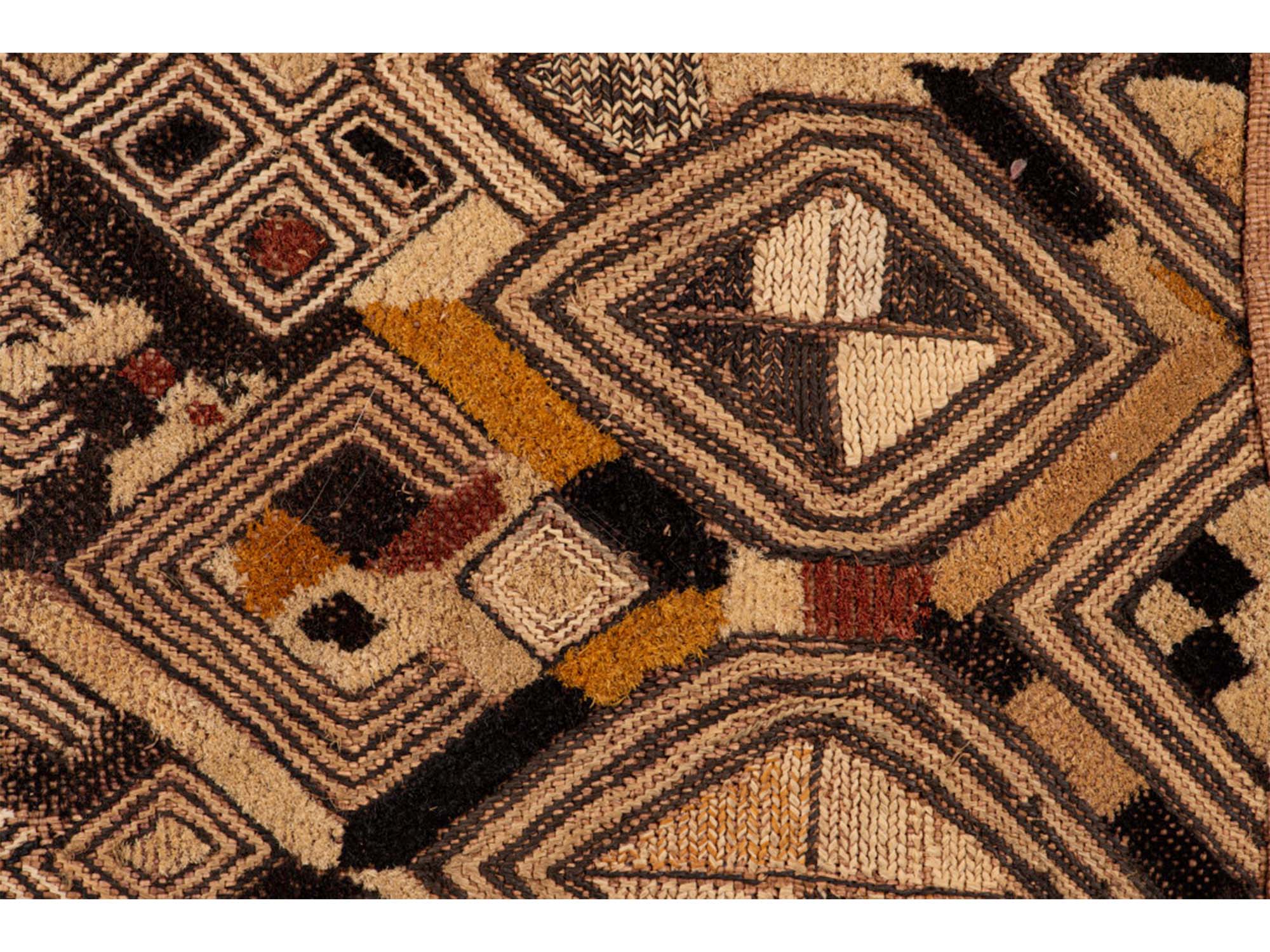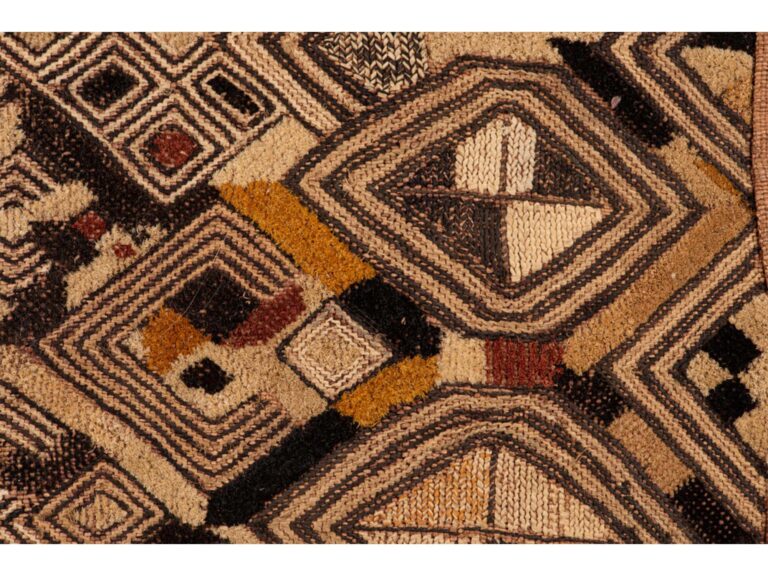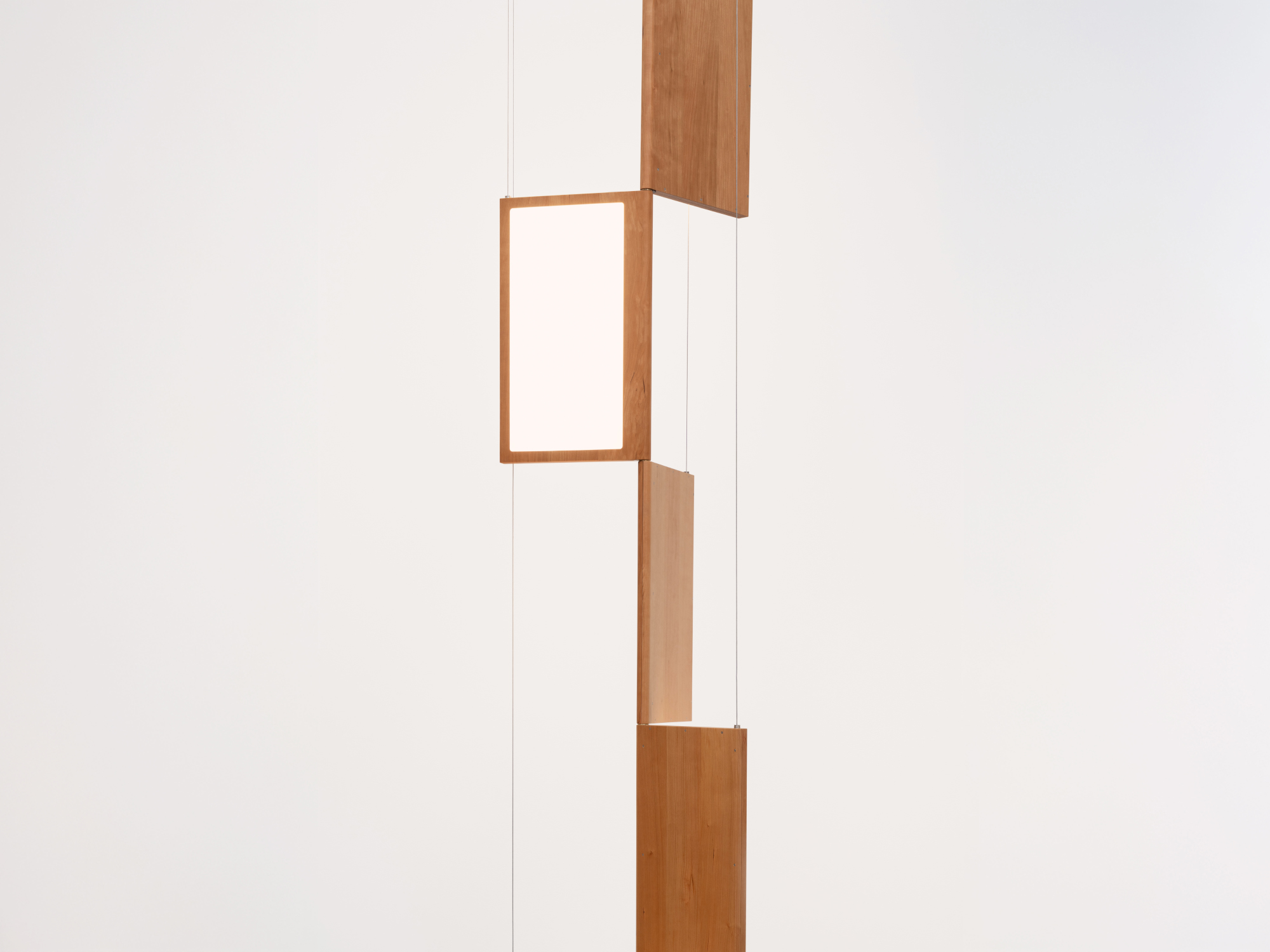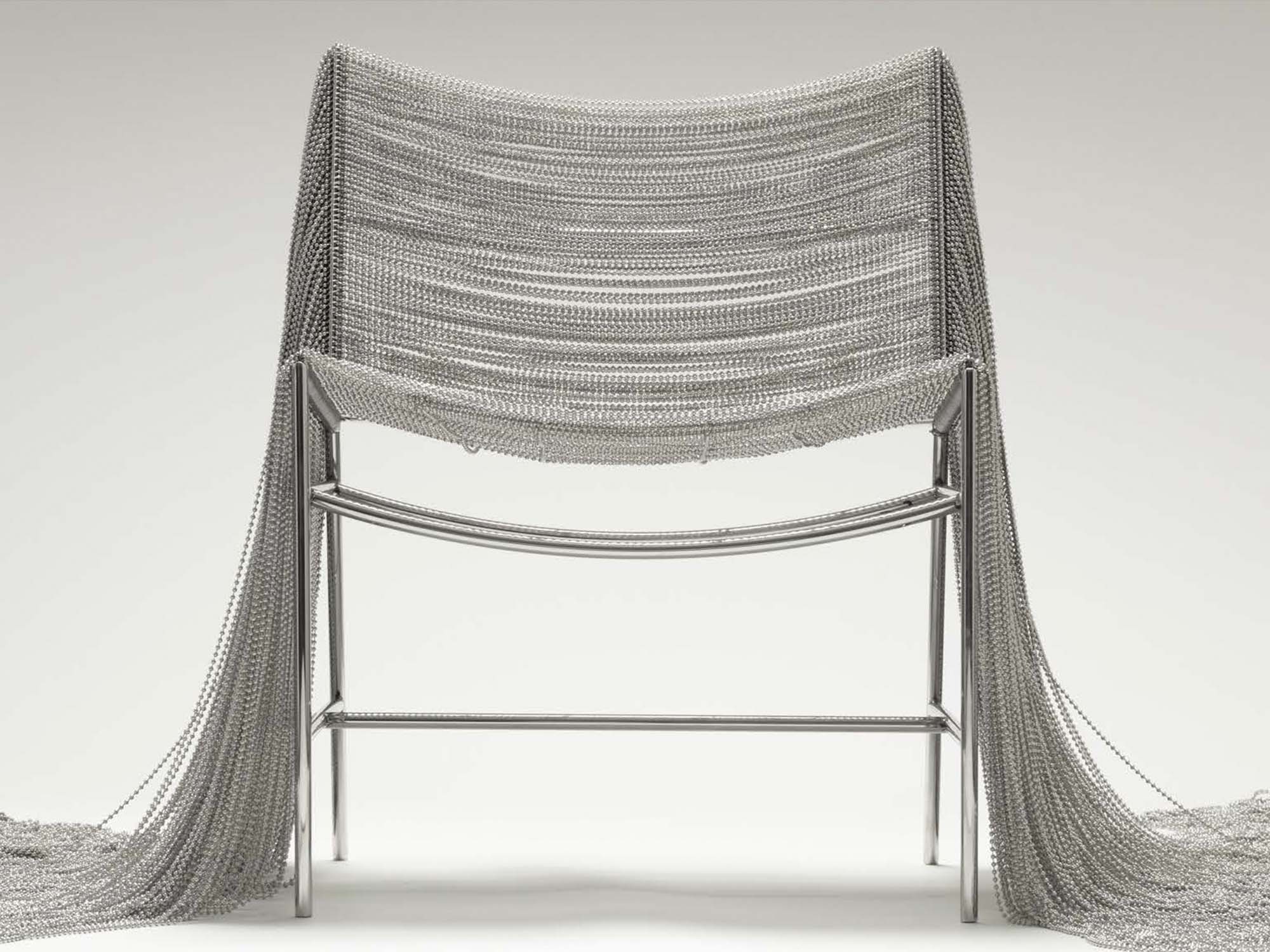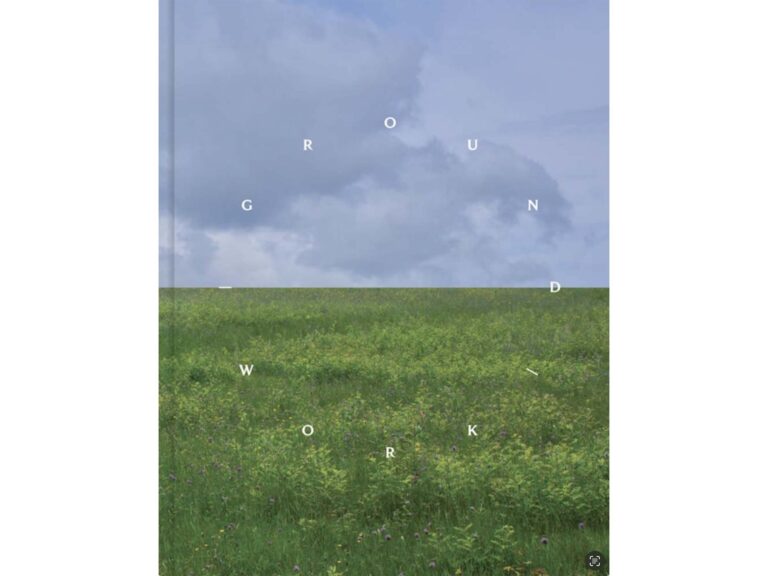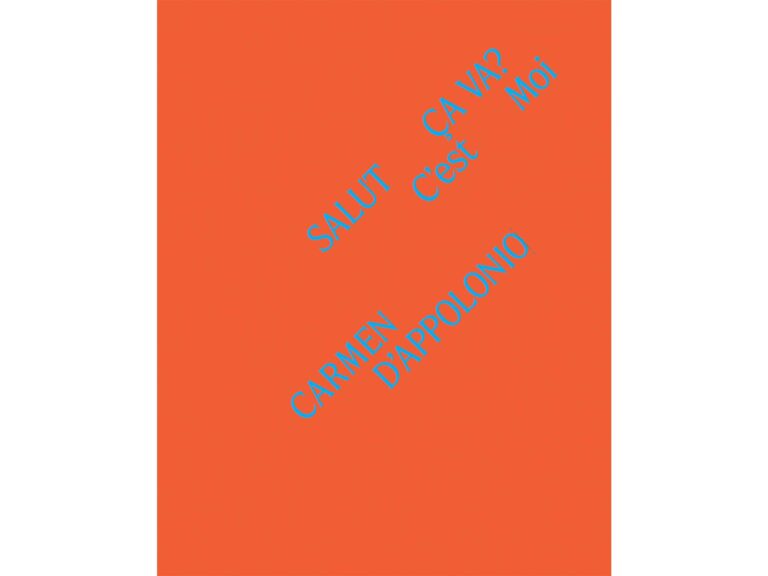Designing Dynamism highlights the intricate and bold designs of Kuba prestige textiles, showcasing their enduring influence from traditional ceremonial use to textiles made for the global market.
Designing Dynamism will feature the most technologically complex and visually potent of all Kuba textiles, the prestige squares. Woven by men and boys of raffia (palm leaf) fibers, the cloth is then covered with flat embroidery stitches or cut pile, resembling velvet, by women. Beyond prestige squares, the exhibition includes a variety of related objects, from elaborately decorated women’s overskirts, beaded belts, and a carved pigment box as well as recent textiles that show the persistence and impact of the Kuba aesthetic.
Kuba textile legacy:
Originating from the Democratic Republic of Congo, Kuba raffia cloths are rich in cultural significance. Traditionally used in royal courts or funerary rites, the cloths on view primarily from the 1980s, reflect generations of craftsmanship and spiritual expression. These prestige textiles have long fascinated the global art world. By the late 19th century to early 20th century, they appeared in the European markets and were acquired by artists such as Henri Matisse, Suzanne Valadon, and Sonia Delaunay.
About the collector and designer:
All works are from the collection of Wesley Mancini, a Charlotte-based textile designer and prominent figure in the local LGBTQ+ community. Known for his discerning eye and deep appreciation for global textile traditions, Mancini has brought together one of the largest and most significant Kuba collections in private hands.
The exhibition is designed by Stephen Burks, the first African-American man to receive the National Design Award in product design. His design emphasizes the cultural context and ingenious patterns of Kuba design, honoring both the past, present, and future.
Image caption: Kuba weaver and embroiderers. Man’s Prestige Cloth (detail), raffia. The Wesley Mancini Textile Collection. 2020.24.40 detail
